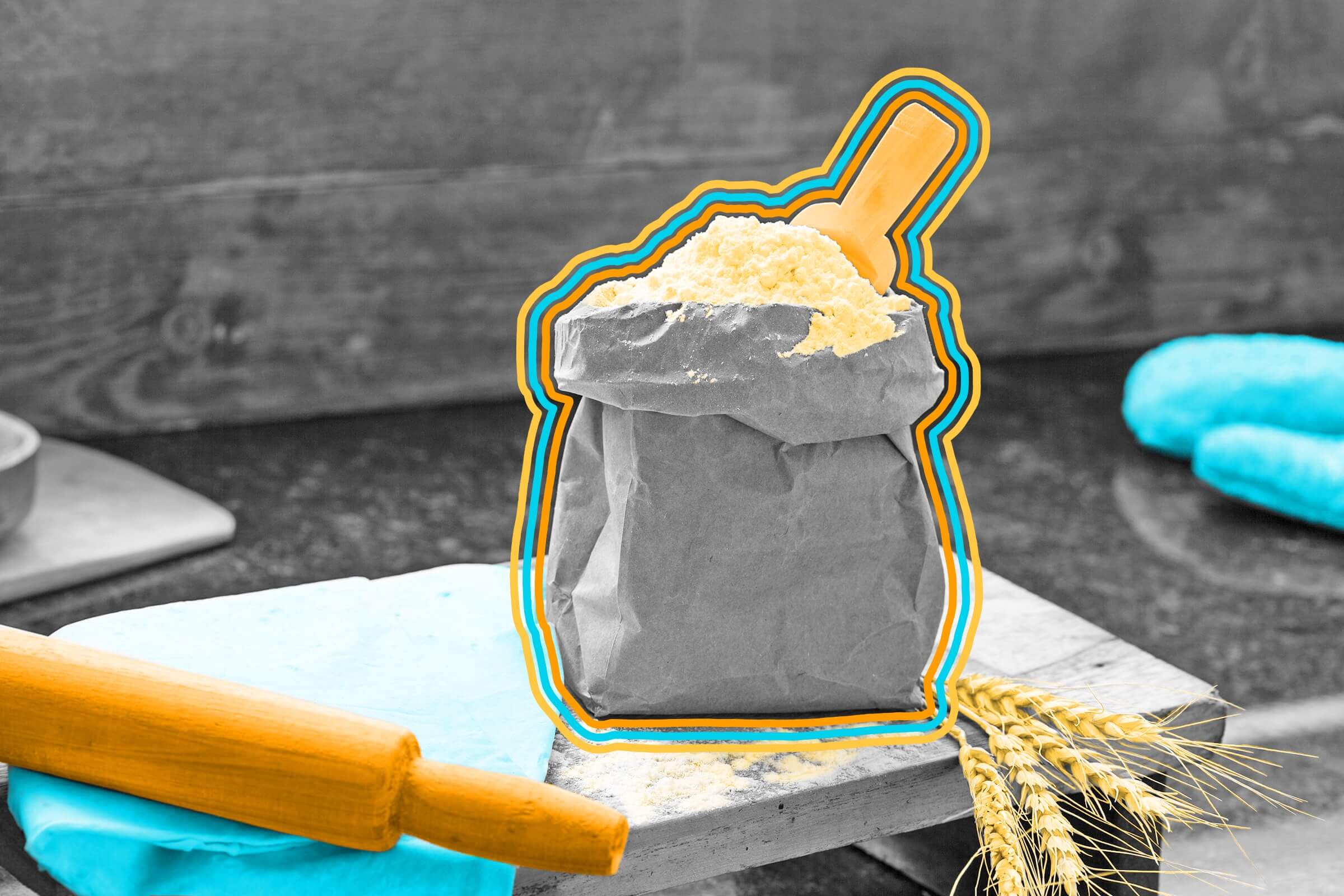
During the Civil War, a sack of flour was repeatedly auctioned off to raise money for wounded soldiers.
In January 1865, four months before the Civil War’s end, Harper’s Weekly published the story of a peculiar flour sack credited with raising thousands of dollars for injured soldiers. The tale — entirely true — began in Austin, Nevada, the previous year. On the eve of city elections, two wagering men, area merchant Reuel Colt Gridley and Dr. Henry Herrick, placed a bet on the vote’s outcome. The loser would pay up with a 50-pound sack of flour, but not before a dose of public humiliation: Whoever lost had to ceremoniously march down the town’s main strip with the bag, all to the tune of “John Brown’s Body” (a patriotic melody that would later inspire “The Battle Hymn of the Republic”).
Within a day, the losing bettor, Gridley, was being cheered on by his fellow townsfolk — who turned out in numbers to watch the spectacle — as he followed a brass band down the city’s center, flour sack over his shoulder. At the end of his march, he handed the sack to the bet’s winner, Herrick, but not without first recommending it be donated to the Sanitary Commission, a relief agency that provided care for sick and injured Union soldiers. Herrick agreed, and soon after the hefty sack of flour was auctioned for $350. But in an act of gallantry, the winner asked that the sack be sold again, raising another $250. Surrounding towns joined in, and before long Gridley and the “Sanitary Sack of Flour” had gone as far as San Francisco and raised $63,000. Newspapers spread the story, leading the flour sack across the country, raising upwards of $275,000 (more than $4 million today) and ending up as far as New York City. Gridley, who had started the journey as a Confederate sympathizer, returned to Nevada an ardent supporter of the Union; the famed Sanitary Sack returned with him and remains on display in Reno at the state Historical Society Museum.
Before he sat in the Oval Office, Herbert Hoover was a wealthy entrepreneur and philanthropist living in London at the outbreak of World War I. Using his political connections and social standing, Hoover founded the Commission for Relief in Belgium (CRB) in 1914, a volunteer organization that raised food and funds for more than 9 million starving Belgian and French citizens trapped in a blockade between German and British troops. Through negotiations with both militaries, the CRB was able to distribute more than 5.7 million tons of food across 2,500 towns, meanwhile keeping a watchful eye on the sacks of flour involved. By distributing the empty cotton bags to sewing workshops, convents, and artists, the sacks were kept from the Germans, who used cotton in the manufacture of ammunition. Many of the bags were turned into clothing and pillows, but others were embroidered or painted with the purpose of being sold for relief funds that supported prisoners of war. In a show of gratitude, hundreds of the decorated flour sacks were sent to Hoover with hand-stitched sentiments from Belgian and French citizens — and today, 366 remain at his presidential library in West Branch, Iowa.

